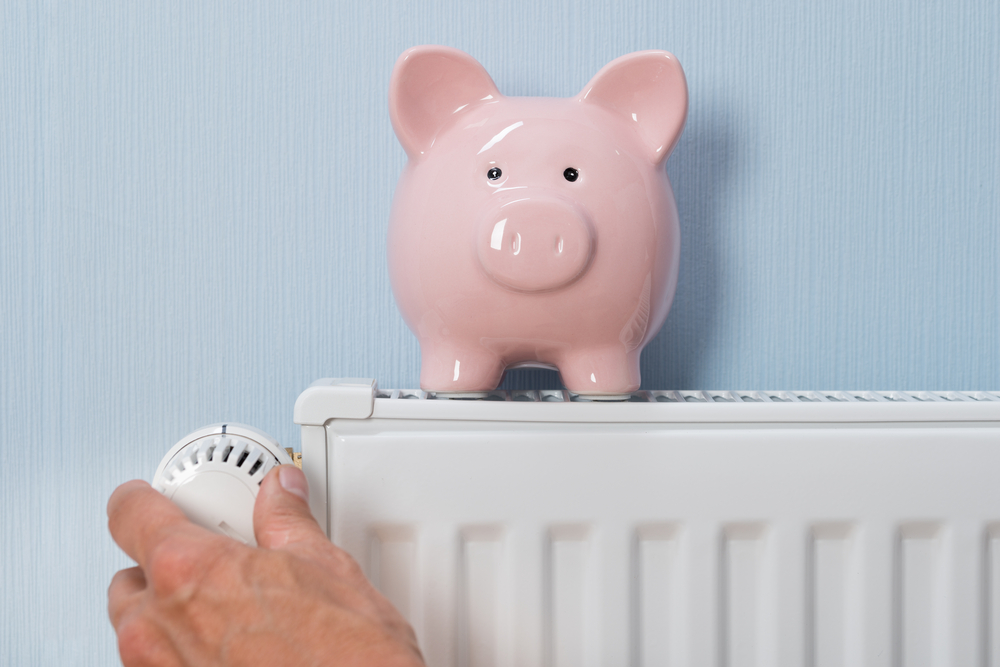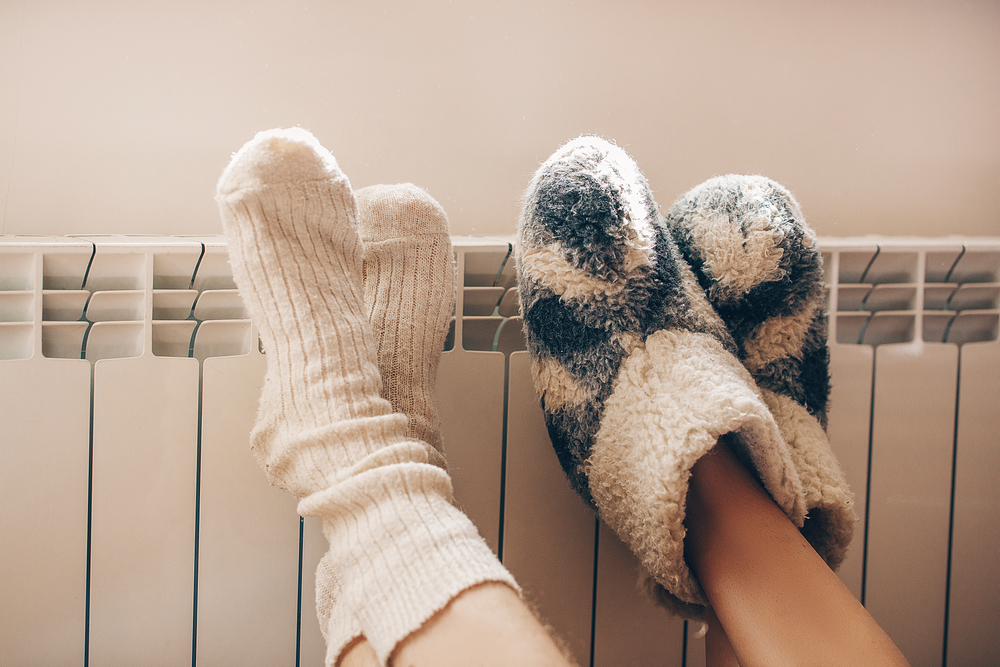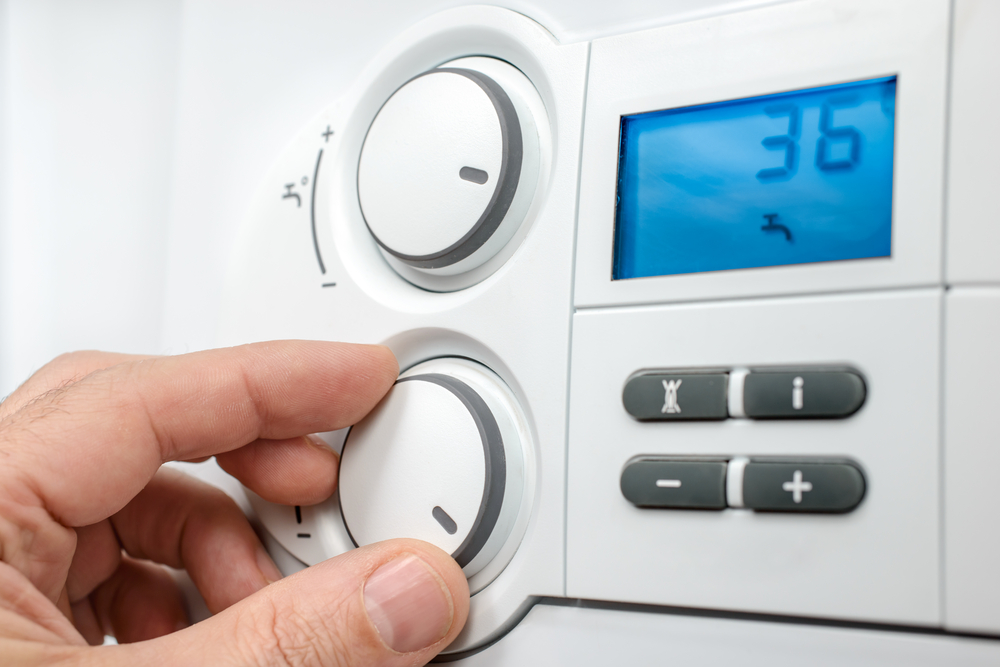Energy prices are on the up here in the UK, with reports of bills soaring by more than £300 a year for some households. Naturally, with the colder months drawing in, these rather hefty price spikes are likely to be a source of concern for bill-payers across the country.
From poor circulation to other health-related issues, it’s not just the cold weather that means we can find it a challenge to warm up and then stay warm. Some of us just find it harder! Luckily there are several ways to keep those heating costs down, without having to compromise on comfort.
We recently surveyed 2,000 UK adults about all things central heating and asked them to share the clever ways in which they stay warm at home over the colder months – as well as sharing some other hints and tips from our experts too.
Many are worried about the cost of bills
One in twenty UK adults (that’s 5% of the nation) told us that they’ll not be turning on their central heating this winter due to worries surrounding the cost. This equates to staggering 3,269,934 people here in the UK.
Our research also showed more than half of UK adults (55%) have worried at some point about the potential cost of their heating bills, and a further 15% even divulged that heating costs are a constant source of concern for them.
Is it time to put the heating on?
Despite average temperatures in October 2020 being just 10.5°C, and an even cooler 8.7°C in November, we learnt that more than half of the nation will not consider putting their central heating on in October (53%), and a third (34%) won’t do so in November either.
And as winter approaches and temperatures plummet even further to between 2-7°C on average, a quarter of Brits said they will still avoid putting on their central heating in December (25%) and January (28%), and almost a third will avoid this in February (30%) too.

The optimum temperature at home
There are many reasons why we may feel chillier than others in our household, and disagreements over the optimum temperature are nothing new, with “the great heating debate” being somewhat of ongoing joke across the UK. To help settle this dispute, the Energy Saving Trust confirmed that our homes should ideally be heated to around 18-21°C.
Hints and tips for a warmer winter
Whilst being frugal with the central heating is understandable, suffering the cold really isn’t advisable if you can avoid it, as it can have an adverse effect on both your mental and physical health. There are a number of ways in which you can keep chills at bay though, without having to crank the thermostat up.

With this in mind, we’ve collated a list of ways to stay warm this winter which may help to keep heating costs down a little. Please note that we are by no means suggesting that you avoid turning the central heating on completely, but these tips may if you’re worried about hefty bills.
Layer up on clothing – As the saying goes, “There’s no such thing as bad weather, only unsuitable clothing”, and so from creating a strong base layer through thermals to layering up in your favourite knitwear, really thinking about your clothing even when in the comfort of your own home can make a big difference when it comes to the cold.
Hands and feet are parts of the body that can lose heat the fastest, so woolly socks, slippers and gloves can offer a surprising level of comfort. We’re also said to lose approximately 40-45% of our body heat through our head and necks, so cosy roll neck jumpers, hooded tops or even the addition of a hat and scarf can help with heat loss here too.

Enjoy cosy nights in – With the colder weather fast approaching, there really is nothing more enticing than a cosy night in with your friends and family. So, why not put on your cosiest pair of pyjamas, host a home-movie night and get out your favourite blankets, or even bring the duvet downstairs for that extra level of comfort and warmth. Remember to stock up on your favourite treats and ensure you keep the hot drinks flowing too as these can also help in raising your body temperature – who doesn’t love a hot chocolate on a cold, autumnal night?

Keep on moving – It may sound obvious, but simply keeping moving and walking aboutyour home at regular intervals can help to boost your circulation and get blood flowing and muscles moving, which in turn helps to get your body temperature up.
Warm up before bed – From a hot water bottle under the covers to a pair of cosy pyjamas, getting yourself nice and warm before bed is important, but doesn’t need to be expensive. It can also help to regulate your body temperature which is known to aid a better night’s sleep.

Give your home a little TLC – Keeping up with smaller maintenance checks around the home can help to make your home more energy efficient, which in turn means saving a few pennies here and there. Simple tasks such as bleeding your radiators will help to ensure they’re working efficiently when you do come to turn them on. You may also want to switch off radiators in rooms you don’t use, such as spare bedrooms.
Draught-proof your home – Keep the cold air out and the warm air in by undertaking some draught-proofing DIY. Consider items such as draught excluders, chimney caps, self-adhesive window strips, and remember to close doors to rooms that aren’t in use too, to help banish any chills!
Turn the thermostat down by just one degree – When you are ready to switch on your heating, research from the Energy Saving Trust has found that by turning down your thermostat down by just one degree can save you £60 – £80 a year on your heating bills, so by combining some of our heat-saving tips with a lower heating-temperature this can make a noticeable difference to your bills.

Our survey results showed that many of you agree with the tips suggested by our experts. When quizzed around popular methods of keeping warmer for longer at home, savvy respondents to our survey shared their clever ways of keeping warmer for longer at home without immediately having to reach for the temperature dial.
Layering up clothing was found to be the most popular way to keep warm, with 62 per cent of the nation doing this. Using blankets (53%), regular hot drinks (30%), and hot water bottles (28%) were other popular choices.
A fifth of adults (22%) also said they wear thermals to avoid putting the heating on in winter months, while one in six (16%) admitted to even wearing gloves, a hat and scarf indoors.


Can you spot the mittens? In keeping with the topic of winter-clothing, we have also put together a tricky apparel themed brainteaser in a bid to test the nation and have hidden a pair of mittens in amongst a number of other common winter clothing items – but how quickly can you solve it? We’ll put the answers below.

Conclusion
Understandably, the recent news regarding the steep hike in energy prices will be a source of concern for many, especially when it comes to heating bills. And with the colder weather fast approaching many people will be looking for ways in which to keep costs down for as much as possible.
It’s great to see that the savvy-consumers amongst us are turning to tried and tested methods of keeping the heat in and the cold out, without having to dial up the thermostat – and many of these options are fairly inexpensive too.
Naturally, we are big believers in investing in warmer clothing such as good-quality thermals and knitwear where possible, as items such as these can make no end of difference to banishing the cold, whether you wear them at home, or out and about.
Of course, there comes a point where for both health and safety reasons, switching on the central heating is essential and should not be avoided any longer, but we hope some of these tips can help to keep the costs down this autumn-winter.
Don’t think we’ve forgotten about the answers to our brainteaser too, see if you were right below…


